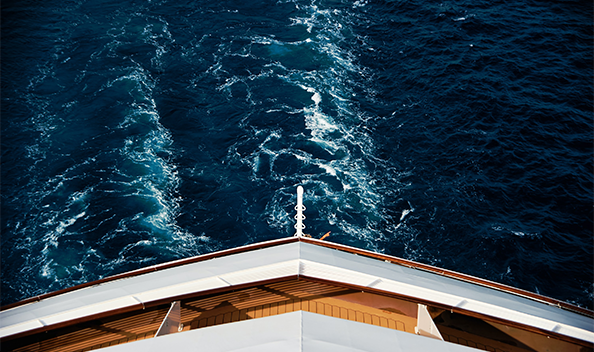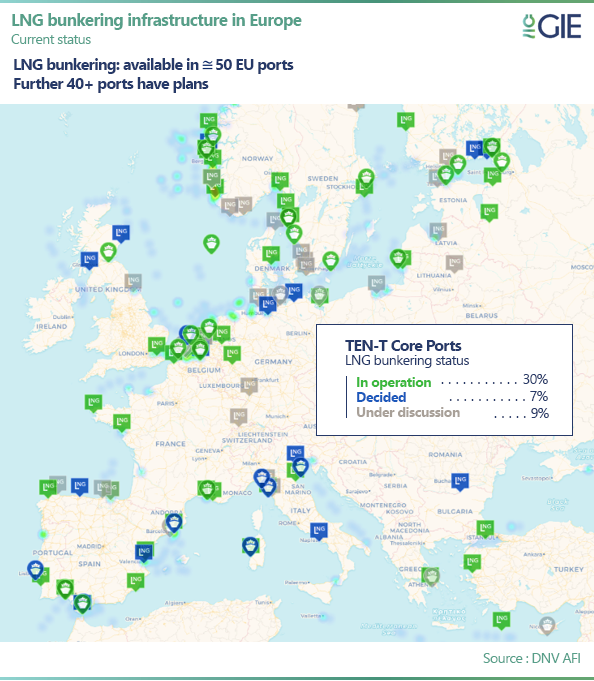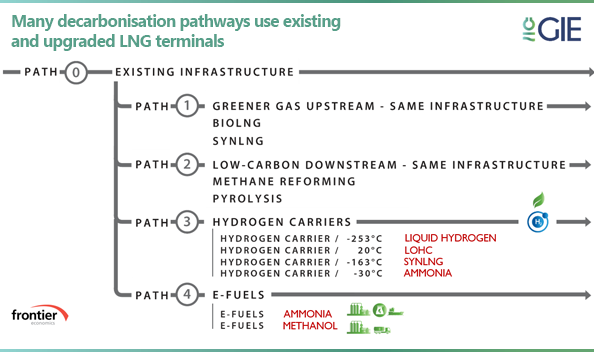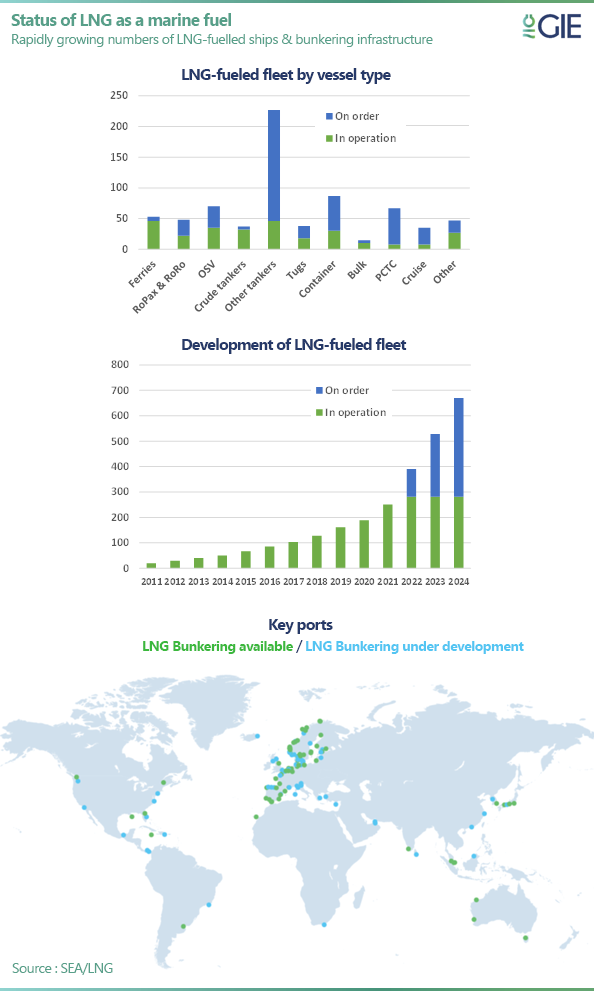- Our DNA
- Innovation Lab
- Publications
- Energy Transparency
- Press Corner
- Events
- Contact
- Subscribe
- Membernet
- My account
- Search
- Follow us at LinkedIn
- Follow us on Twitter
- Follow us on Instagram
August 4, 2022
The summer holiday season is (finally) here. Governments have opened up borders and tourist flow is booming. Cruises are in fashion again – in and outside Europe. Europe’s ports are packed with ships. This is great news for the economy (and our citizens’ happiness)! But where does decarbonisation stand and what solutions are on the table?

EU’s LNG terminals make available LNG that can literally do the trick and help tourists travel around the world in a seamless and sustainable way. LNG can substitute more polluting fossil fuels in the maritime, hence reducing NOx, SOx, and particulate matter and CO2 emissions. Today, LNG offers immediate GHG reductions of up to 23%, according to SEA-LNG. Existing LNG terminals can also import climate-neutral fuels like bioLNG and synthetic LNG by using the existing assets without any additional modification or investment. This is straightforward and can be done today. According to the IEA, bioLNG is scalable, available and the most cost-competitive green fuel today. The availability of synthetic LNG depends on the build-out of renewable energy and electrolysis capacity and 80% of the cost depends on the cost of hydrogen production.

Moreover, the pandemic has changed forever how we consume. Adobe Digital Economy Index: COVID-19 Report found that COVID-19 gave eCommerce an extra boost of $183 billion, as consumers flocked online to meet their daily needs. This is nearly the size of the 2020 holiday shopping season, where $188.2 billion was spent online between November and December. You probably don’t think about it when you click on “purchase your order” while sipping your mojito by the pool, but the shipping industry ensures you will get your next treat on time and at the lowest possible prices. This is where LNG, bioLNG and synthetic LNG as maritime fuels come in: they ensure you pay the most affordable price while reducing emissions globally. The currently debated policies in the European Parliament, AFIR and FuelEU Maritime will play a huge role in the rollout of these fuels and their respective infrastructure.
That is today, at least. Now looking ahead, the European Union aims to scale-up its low-emission hydrogen imports to 10 MT by 2030. Imports of hydrogen carriers through these LNG terminals will be necessary to complement domestic hydrogen production in a similar way to natural gas imports today. LNG terminals can decarbonise LNG at the terminal level with steam methane reforming or pyrolysis. Upgraded terminals can import different hydrogen carriers that will require different technologies, such as ammonia, LOHC, synthetic methane or possibly liquid hydrogen. Stay tuned for more.


In the meantime, sit back, relax, and enjoy your well-deserved summer treat. EU’s LNG terminals have your back: they are here to help reduce your environmental footprint and have already rolled up their sleeves for the next big steps towards decarbonisation.
Gas Infrastructure Europe (GIE) is the association representing the interests of European gas infrastructure operators. GIE members are active in transmission, storage and regasification via LNG terminals of renewable and low-carbon gases, including natural gas and hydrogen. Gathering 67 industry entities from 27 European countries, GIE perfectly embodies the multiple transitional decarbonisation pathways of the EU regions. The association’s vision is that by 2050, the gas infrastructure will be the backbone of the new innovative energy system, allowing European citizens and industries to benefit from a secure, efficient and sustainable energy supply.





































































